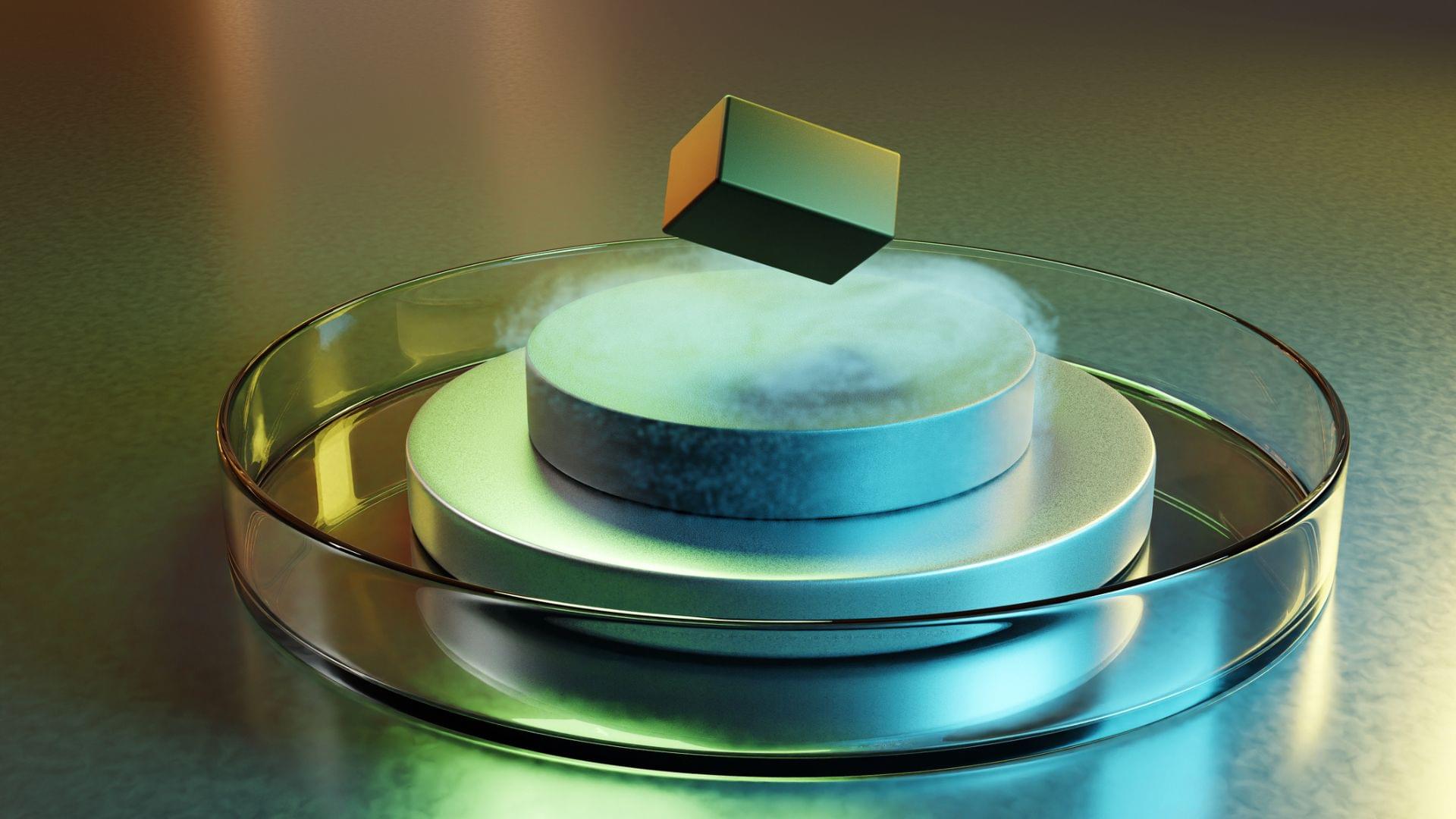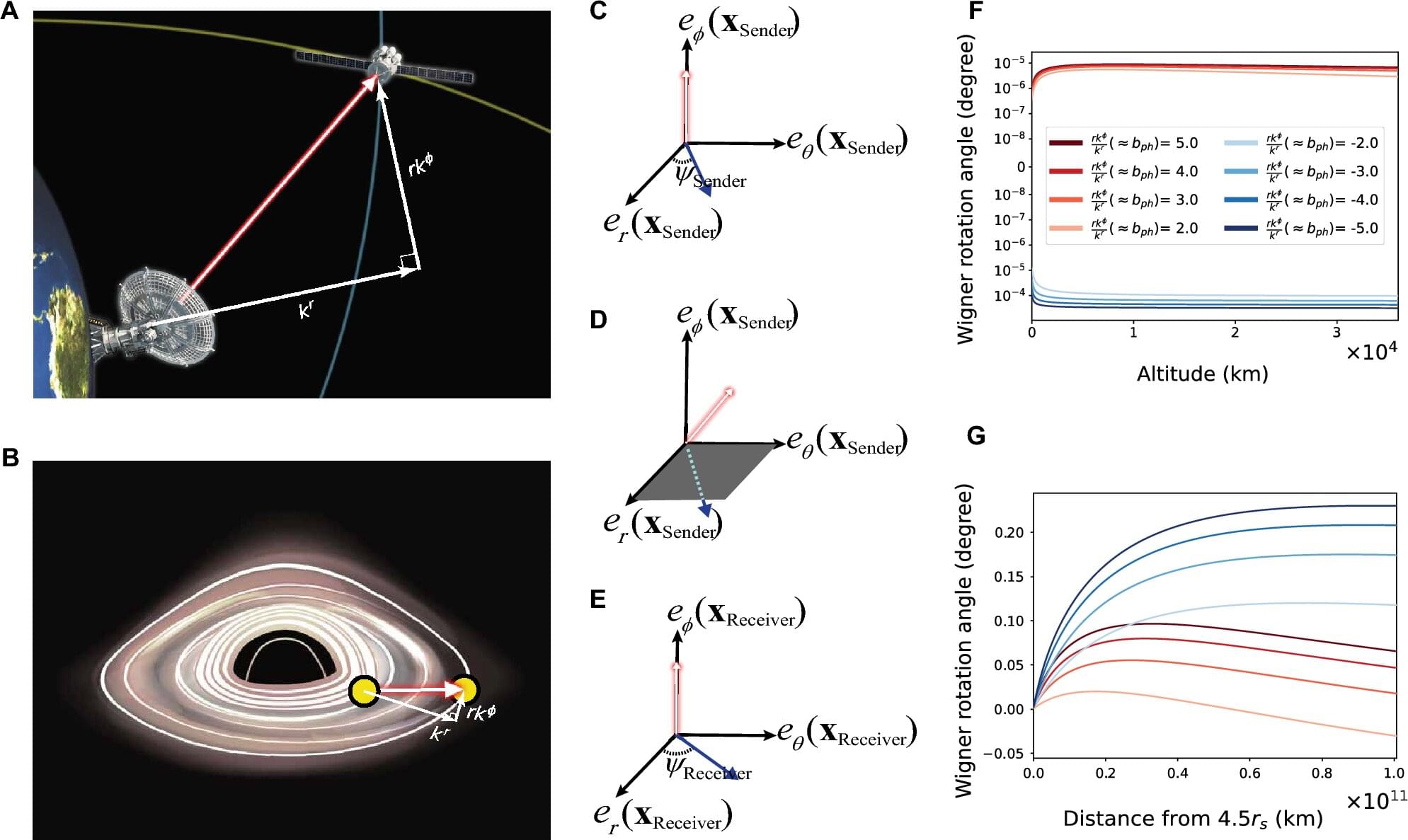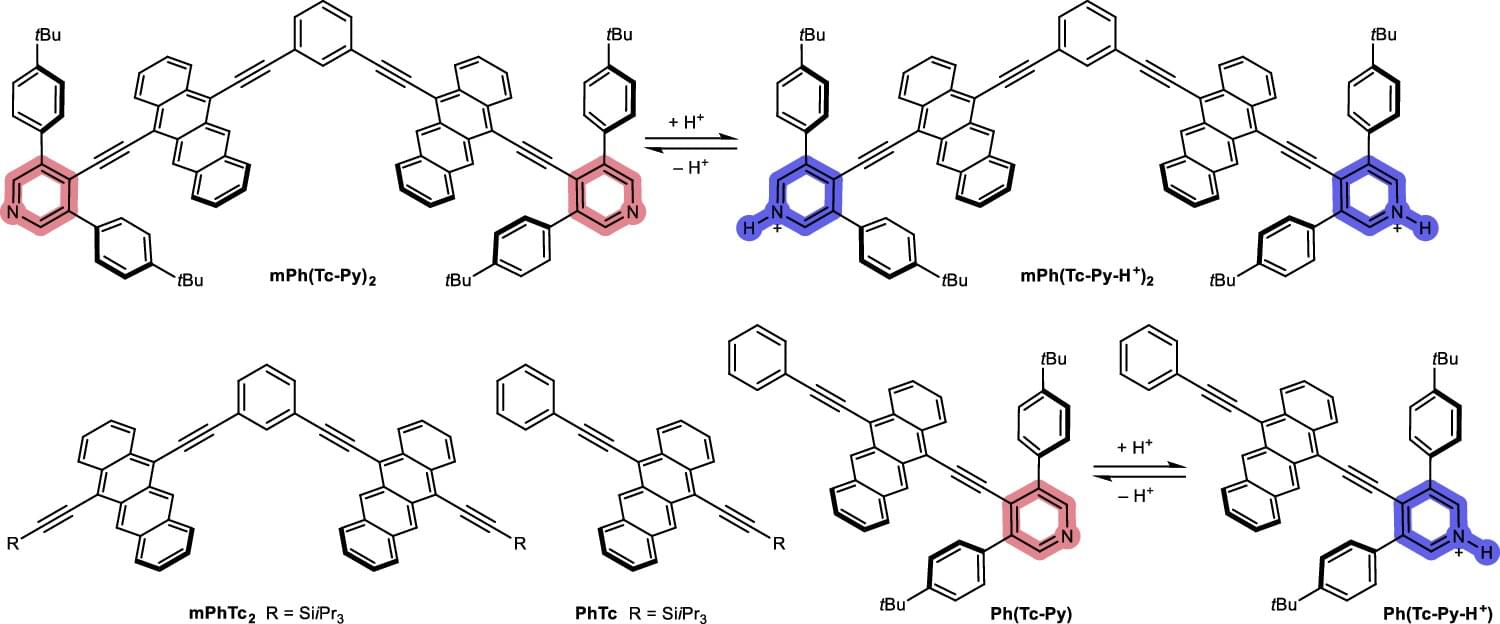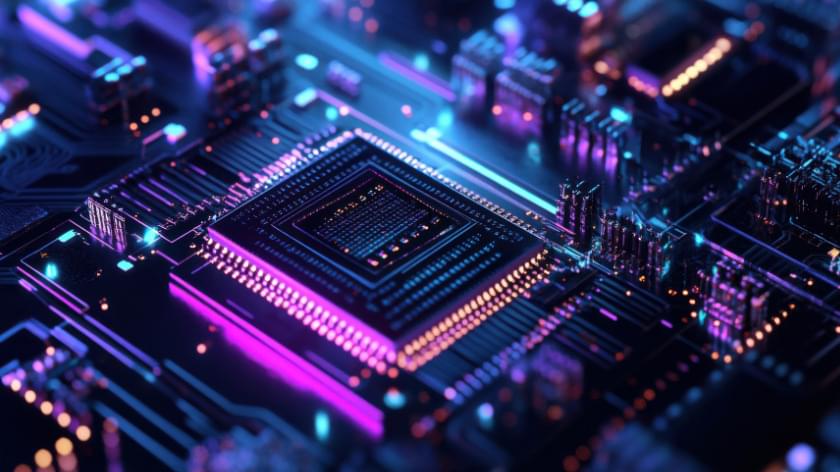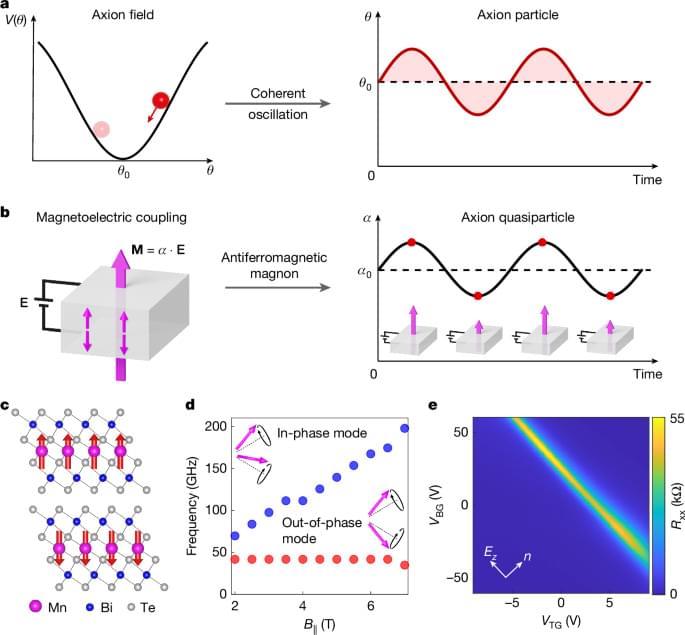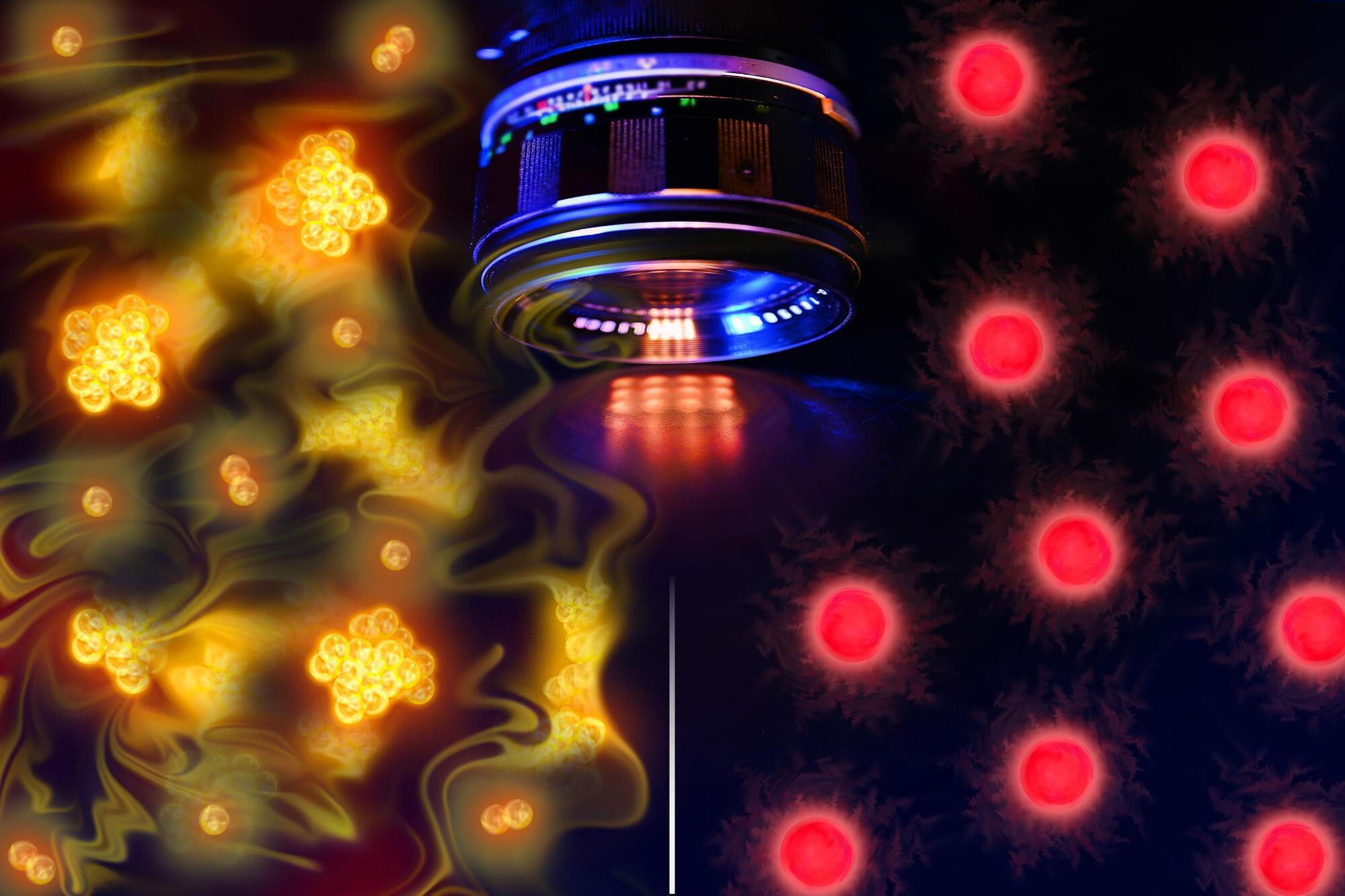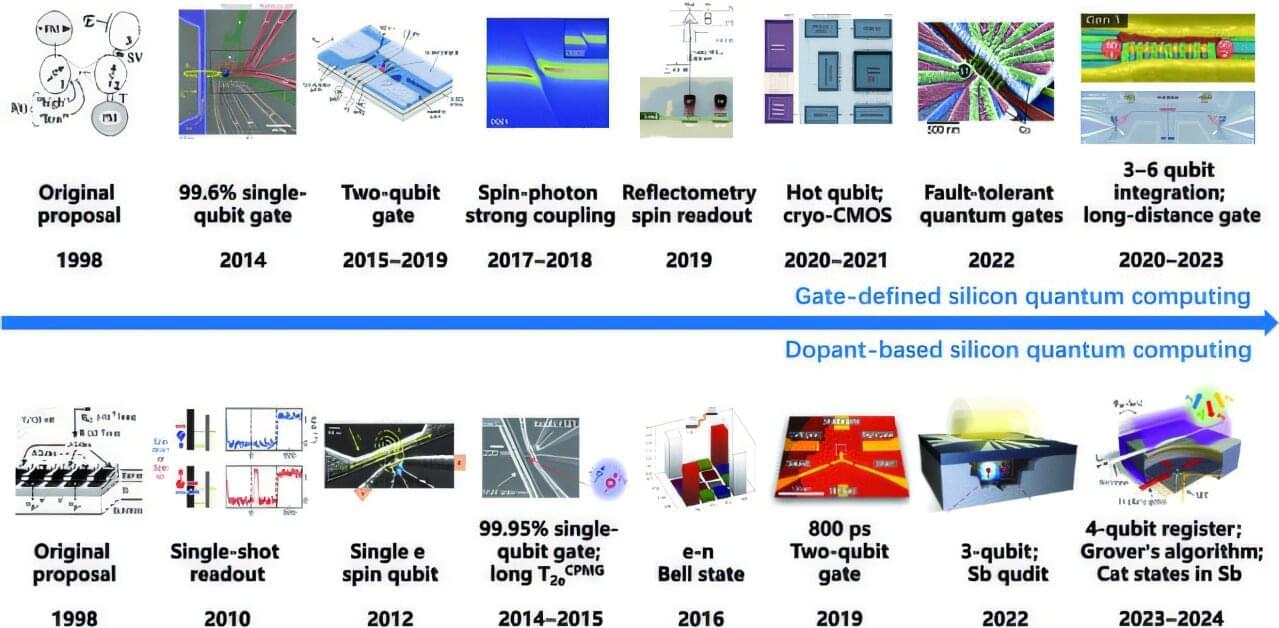A team of physicists has uncovered a surprising new way to explore one of science’s greatest challenges: uniting the two fundamental theories that explain how our universe works—Einstein’s theory of gravity and quantum mechanics.
Despite decades of effort, no one has fully explained how gravity—which governs massive objects like planets and stars—fits with quantum mechanics, which describes the behavior of the tiniest particles in the universe. But now, scientists believe light may hold the key.
Warner A. Miller, Ph.D., co-author and a professor in the Department of Physics at Florida Atlantic University’s Charles E. Schmidt College of Science in collaboration with scientists at the University of Seoul and Seoul National University, South Korea, found that light’s polarization —the direction it vibrates as it travels—can behave in an unexpected way when passing through curved space. Normally, this polarization shifts slightly due to the warping of space by gravity, a well-known effect.

